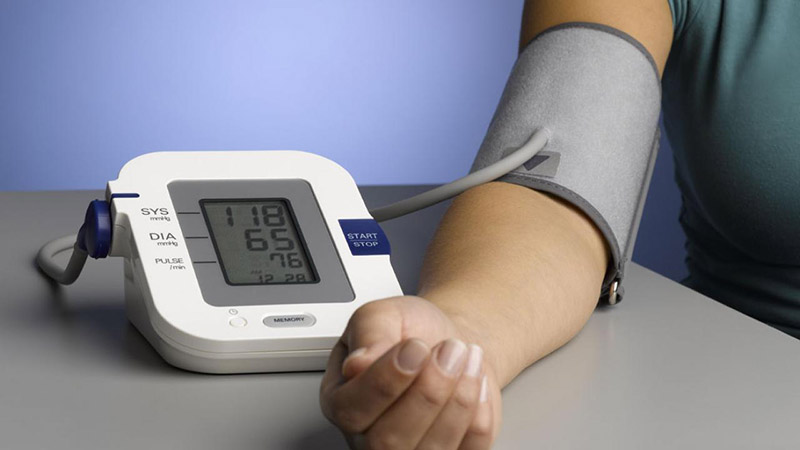
Medical device cuffs are blood monitoring devices. There is an increasing demand for medical devices cuffs. The increased cases of respiratory and cardiovascular disorders globally is the main reason contributing to the increased adoption of medical cuff devices.
Also, pollution is increasing leading to chronic obstructive pulmonary disease (COPD). In both developing and developed nations, the government is focused on the advancement of the health infrastructure that will result in the increasing adoption of medical devices.
Medical device cuffs are replacement cuffs that are used in combination with non-invasive blood pressure monitoring device. A medical device cuff is alternately called a blood pressure cuff. This device consists of an inflatable bladder enclosed in an elastic sleeve. A textile is typically enfolded over this inflatable bladder.
Medical device cuffs devices are used to measure blood pressure and heartbeat both at the same time. It is helpful in the diagnosis as well as in the treatment of hypertension. Many other heart-related problems can be early detected by medical device cuffs.
The device is placed over the upper arm or on the wrist. The cuff of the device is wrapped around the arm of the subject. And the bladder is then inflated. Due to inflation of the bladder, the pressure is generated that occludes the artery. Then the pressure is slowly released. The waveform of the sound produced due to the flow of the blood through the artery. This wave is interpreted as a diastolic and systolic pressure of the blood.
The Medical device cuffs that are used to measure blood pressure. This is done by measuring oscillometric detection. They detect the mean pulse rate and blood pressure. The accuracy of the medical device cuffs depends upon pulse rate, arterial stiffness, and heart rate.
The blood pressure cuffs are used to measure blood pressure. The inflatable cuff is wrapped around the arm. And then pressure above the normal systolic pressure is made. After this, the pressure is slowly released and turbulence is measured.
An endotracheal tube, a flexible plastic tube that is inserted in the trachea through the mouth. It helps patients to breathe. The ETT is connected to the ventilator delivering oxygen to the lung. It is also useful in removing a blockage from the airway, in the treatment of diseases like heart failure, emphysema, and collapsed lungs.
A cuffed endotracheal tube is designed so as to provide a seal in the airway. This allows only air to flow through the tube and prevent the flow of fluid around the ETT.
A Tracheostomy Tube is a curved tube. It is inserted into the hole made in the neck and windpipe. Tracheostomy is done in patients whose airway is blocked and has difficulty in breathing. When normal breathing is not possible, then an opening is made in the neck. From this hole, the tracheostomy tube is inserted allowing air to reach the lungs. So the cuffed tracheostomy tube permits positive pressure circulation and averts respiration.
Medical devices cuffs are used in hospitals, clinics as well as ambulatory Surgery Centers. In the past few years, there is increased adoption of medical cuffs even at-home care. Those patients who are undergoing home care generally require Medical device cuffs in order to monitor the blood pressure.
Due to the outbreak of COVID-19, there is a disruption of the supply chain of healthcare devices. Although the demand for the cuff of the medical device has been increased. In order to prevent the spread of the corona virus, there was a complete lockdown in many countries. Many patients were not able to visit hospitals.
Thus healthcare devices that can be used at home to monitor the health condition are preferred by the patients. Using medical devices cuffs, blood pressure can be monitored at home.
The medical devices cuffs market has been witnessing rapid growth due to increasing incidences of respiratory and heart disease. Medical device cuff can measure blood pressure as well as pulse rate. There are different types of medical devices cuffs that are used depending on the health condition of the patients. It is easier to use such devices. In the global pandemic of COVID-19, the demand for medical devices cuffs has been increased.
The Global medical devices cuffs market has been anticipated to rise at a growth rate of 6.4% CAGR over the forecast period.